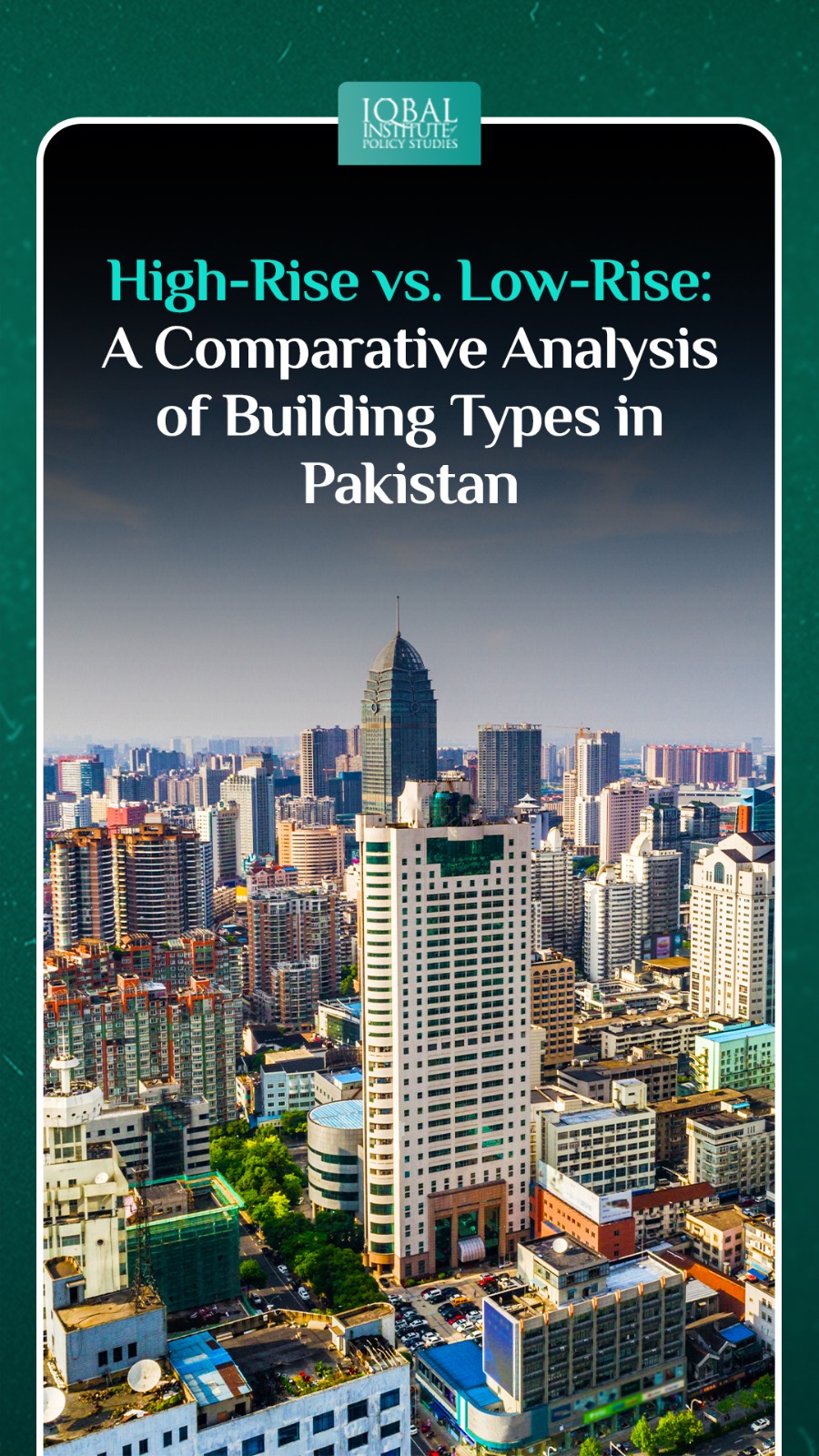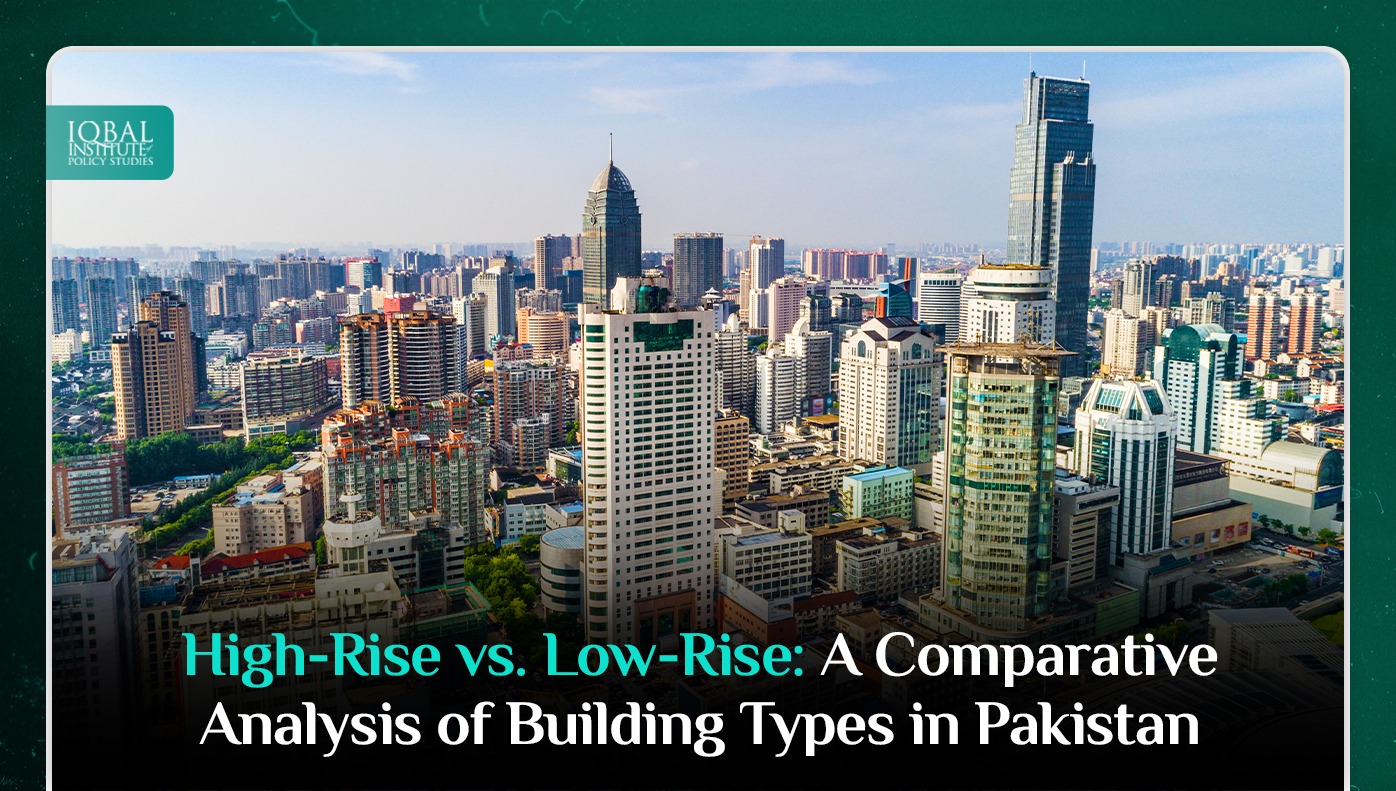Pakistan, a country with a rapidly growing population, faces the challenge of accommodating its citizens in suitable housing and infrastructure. As urbanization continues at a steady pace, the construction industry in Pakistan is flourishing, giving rise to both high-rise and low-rise buildings. In this extensive analysis, we will delve into the nuances of these building types, considering various facets including architecture, infrastructure, environmental impact, societal implications, and regulatory considerations.
Architectural Aesthetics
High-Rise Buildings
High-rise structures in Pakistan often represent architectural marvels. These towering skyscrapers redefine city skylines with sleek, modern designs, featuring glass facades, distinctive shapes, and cutting-edge construction techniques. They stand as symbols of economic development and prestige. Cities like Karachi, Lahore, and Islamabad are embracing this trend, resulting in iconic structures.
Low-Rise Buildings
Low-rise buildings, by contrast, embody a more traditional architectural style. They emphasize open spaces, courtyards, and gardens. These structures typically blend into the local environment, offering a harmonious blend of contemporary and indigenous architectural elements. Low-rise buildings are commonly found in housing schemes and residential areas across the country.
Infrastructure and Space Utilization
High-Rise Buildings
One of the most significant advantages of high-rise buildings is their efficient utilization of limited space. In densely populated urban areas, high-rises maximize land use, providing more housing and commercial space within a smaller footprint. This is especially vital in cities like Karachi, where available land is limited.
Low-Rise Buildings
Low-rise buildings, while often exuding charm, tend to require more land for the same amount of living or working space. This can lead to urban sprawl, putting pressure on undeveloped land on the outskirts of cities. It may also result in increased infrastructure costs.
Environmental Impact
High-Rise Buildings
High-rise buildings can have both positive and negative environmental impacts. On the positive side, they encourage vertical growth, which can reduce the need for extensive transportation networks and limit urban sprawl. However, high-rise construction and operation can be resource-intensive, leading to increased energy consumption and carbon emissions, particularly in a country like Pakistan, dealing with power shortages and waste management challenges.
Low-Rise Buildings
Low-rise buildings inherently have a smaller environmental footprint. They typically demand less energy for heating and cooling, and their construction may involve fewer materials. Nevertheless, the suburban sprawl often associated with low-rise development can result in longer commuting distances and greater vehicular emissions, offsetting some of the environmental benefits.
Societal Implications
High-Rise Buildings
High-rise buildings are often synonymous with modernity and urban living. They offer convenience, easy access to amenities, and a cosmopolitan lifestyle. However, they can also contribute to social disparities, as high-rise apartments and offices are often more expensive. In cities like Karachi, where high-rises are proliferating, infrastructure and services must keep pace with the vertical expansion to ensure that the populace can enjoy the benefits without exclusion.
Low-Rise Buildings
Low-rise buildings, particularly in suburban and rural areas, foster a sense of community and connection to the land. They are often more affordable, making them accessible to a broader spectrum of the population. However, they may lack the amenities and services available in high-rise developments, necessitating a balance in urban planning to provide essential services to residents.
Regulatory Considerations
The construction of both high-rise and low-rise buildings in Pakistan is regulated by various government authorities, including local development authorities and municipal corporations. These regulations cover zoning laws, building codes, safety standards, and environmental impact assessments. Striking a balance between promoting vertical growth and safeguarding the environment and public safety is a complex task for these authorities.
Conclusion
In Pakistan, the choice between high-rise and low-rise buildings is a multifaceted decision. A comprehensive urban planning approach that balances the advantages and disadvantages of both building types is essential. This should involve the development of policies and regulations that encourage eco-friendly construction practices, efficient land use, and the provision of essential infrastructure and services to meet the diverse needs of the population.
As Pakistan’s urban centers expand and develop, it is vital to consider the impact of different building types on the environment, society, and overall quality of life. A well-informed approach to building development can contribute to the creation of vibrant, livable, and sustainable urban environments, ensuring that the country’s growth is not only remarkable but also inclusive and environmentally responsible.
This article is written by Radma Noman. Radma is a research analyst at the Iqbal Institute of Policy Studies (IIPS).



Leave a Reply